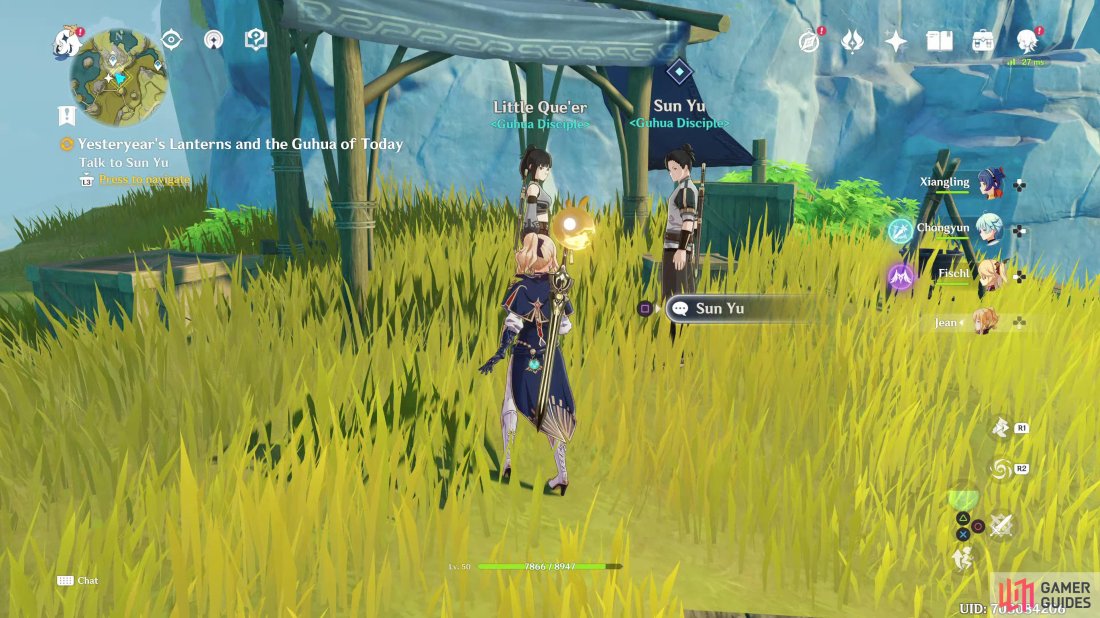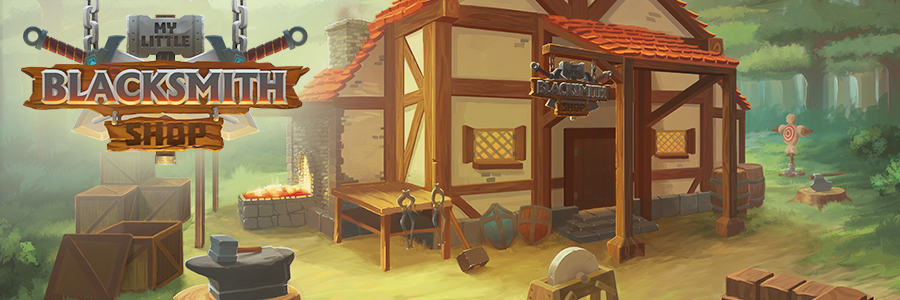

The wife of a clergyman complained to the East Greenbush School Board in East Greenbush, New York that the book was blasphemous and ridiculed Heaven and Hell. In the early 1960s, the book was banned from school libraries. The folktale of Wicked John and the Devil does not come without controversy. In this folklore, Jack-O’-Lanterns have retained the fairy-like nature of a trickster spirit to explain swamp lights or Will-o-wisp. John was often sent away from hell with a lump of lit coal from the embers of hell’s fire. John defeats the Devil because he was a trickster in his own right. John did not defeat the Devil by being pious, humble, or repentant. Who doesn’t love a good story about cheating the devil or tricking death itself? In the Appalachian Southern tale, John defeats the Devil, but not in a way acceptable to mainstream Christianity. The tale is also known in European versions as “The Smith and the Devil.” According to folklorist and anthropologist, it may be one of the oldest folk tales dating back more than 6,000 years ago during the Bronze Age. Peter to bargain with the devil who comes to take Wicked John’s soul. In this tale, Wicked John uses three wishes bestowed on him by St. The Southern Appalachian version of “Wicked John and the Devil” is a variation of the folktale of “Jack’s Lantern.” The version of this folktale is about a blacksmith named John, Saint Peter, and the Devil. Turnip lanterns can be traced back to the 17th century to the traditional Irish festival known as Samhain. “treat” was traditionally a soul-cake which are square buns made with currents October 31 on the lurking spirits who roamed during the night. TheyĪlso influenced “trick or treating” and blamed the mischievous deeds done on The pumpkins were easier to carve instead of turnips. They contributed jack-o’-lanterns to the festivities that were made with pumpkins instead of turnips. The Irish brought both the religious and secular observance of Halloween to the new world. When Irish immigrants came to the United States during the 1840s to escape the potato famine, the Celtic practices became more widespread. According to the Celtics, on thisĮvening the souls of everyone who had died during the preceding year were Since winter was approaching and the harvest season was over, theĬeltics gave thanks to the sun god.

At this time, the pre-ChristainĬeltic priest held a joint celebration for the sun god and the god of theĭead. The eve of Samhain or summer’sĮnd of the Celtic year fell on October 31. Influenced modern traditions of Halloween.


The story is traditionally connected to the Celtic farmingįestival Samhain and is one of the most famous ghost legends that has Thus, the story of how the jack-o’-lantern wasĪppalachian historian Dave Tabler has a version of Stingy Jack you can read on his blog, Appalachian History. So Jack is doomed to walk the face of the earth for all eternityĬarrying with him a lantern made from a turnip and coal plucked from the fires To learn that upon his death, heaven doesn’t want him nor do the realms of Jack tricks the devil several times from getting his soul only “Jack’s Lantern” or “Jack of the Lantern.” It’s a story about a greedyĪlcoholic blacksmith, a turnip and the Devil. The Irishįolktale version is called “The Legend of Stingy Jack” or sometimes known as There are several versions of the folktale. The Tale of Jack of theĪ favorite tale during Halloween is the story of “Wicked John and the Devil”. Our Irish ancestors recounted these stories in The Jack Tales and Grandfather Tales of the Appalachian Mountains. The tradition of storytelling is interwoven into the Appalachian culture to teach, preserve the past, and humorously captivate all ages. It’s anĪrt form of orature where the basis of the folktale stays the same, but the Their hands, rattled chains, and moaned and groaned with agony. Ghosts that inhabited old caves and tunnels, walked around with their heads in Just tales of your ordinary everyday house ghost. These oral histories were told to ensure the preservation of their community.Ĭampfire ghost stories told to children in Appalachia were not The pioneers of Appalachia developed an elaborate structure of folklore combined with various tales that were passed on orally from one generation to the next. Storytelling has been a long-standing deep-rooted tradition with Appalachian families.


 0 kommentar(er)
0 kommentar(er)
